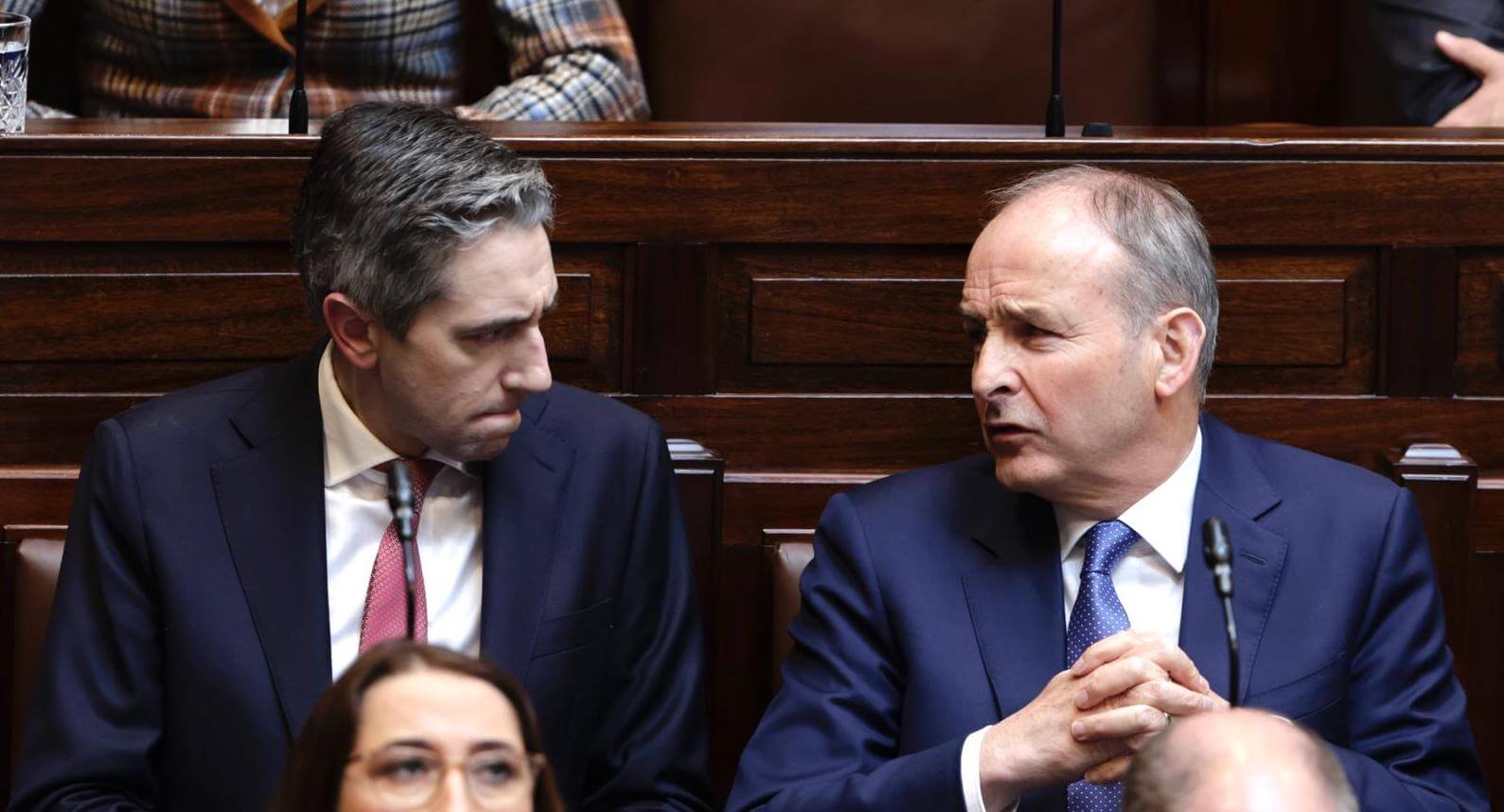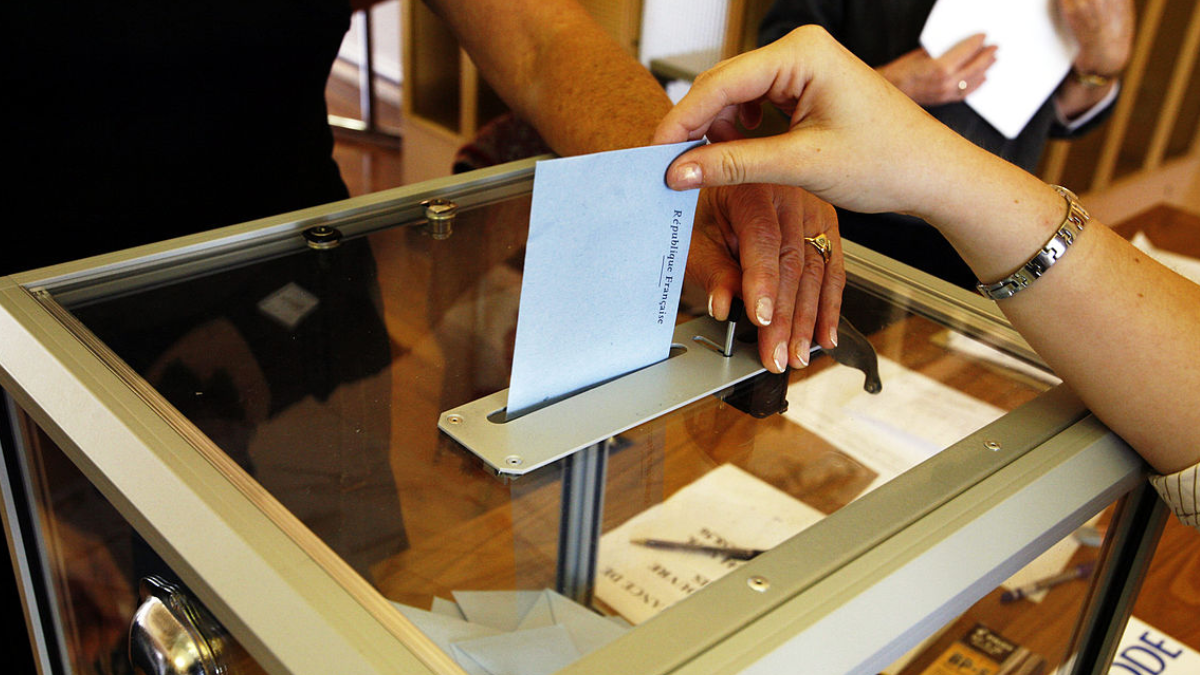Typically, most voters across Scotland have assigned Westminster elections a secondary importance in favour of elections to Holyrood – the Scottish Parliament. Many have traditionally given more weight to the role of First Minister, particularly as the country has secured more devolution from London. This is changing though, and this year Scottish voters, particularly unionists, are keen to use this opportunity to deal a blow to the Scottish National Party (SNP), and their case for independence.
From the issue of independence, to tax debates, from the transition to a green economy, to the debate surrounding gender, inter-party clashes in Scotland have certainly destabilised the SNP’s 18 year stronghold. Less than two years ago, the SNP dominated the political landscape, scoring 45% in one YouGov opinion poll. Now, with just 24 hours to go until the general election, it is sat on 29%, handing their (once to be thought as insurmountable) lead to Scottish Labour. Scotland has been the ultimate tragedy for Labour. 20 years ago, the party controlled 78% of all seats in Scotland, locking the Conservatives out of the political landscape and keeping the SNP suppressed at six. That all changed in 2014 and the independence referendum which laid bare the division in public opinion over Scottish separation from the UK. The subsequent general election saw the Labour Party come crashing down – losing all of its seats north of the border, bar one.
Since 2015, Labour’s success in terms of seats has largely been attributed to its performance in Scotland. 2017, Jeremy Cobyn’s insurgent victory can, in a significant part, be owed to the six seats his party gained in Glasgow, Midlothian, and East Lothian. Additionally, in this election, the performance of the Scottish Conservatives, increasing their representation from one to 13, can also be credited with the fact Theresa May was able to survive as Prime Minister as long as she did.
In short, Scotland has the ability to make or break a party’s election night. Labour, performing strongly across Scotland, will be keenly anticipating a solid standing in order to, not just bolster their likely majority, but also to put to bed the independence debate for the duration of the Starmer government – and that comes by crushing the SNP.
The SNP's damage control defensive
The Scottish National Party has not had the easiest year. Amidst leader changes, financial scandal, and electoral underperformance (evidenced by a crushing defeat to Labour at the Rutherglen and Hamilton West by-election), the party now maintains a position in the polls – consistently behind Labour, and languishing at between 29% and 34%. On this range, the party is forecasted to retain about 18 seats (based on an average of polls from YouGov, Survation, and others). Whilst this would still represent the fourth best performance for the party, and would not strip it of being the official opposition in Scotland, it is still a loss of almost 2/3rds of their seats from 2019.
To mitigate this, the party has been trying to differentiate itself from Labour. It has proposed a distinctly left-wing manifesto that maintains the autonomy of Scotland as a focal interest, followed by pledges such as windfall taxes on Scottish businesses, securing more money for the NHS and increasing pay, and scrapping the two-child benefit cap.
Through matters such as the benefit cap and increased taxation, the SNP positions itself staunchly against Labour. It has criticised Labour for failing to push back against the Conservative cap on benefits limited to two children, despite Scottish Labour leader Anas Sarwar declaring himself against the cap in 2023. To make its case against Labour clearer, the SNP leader and First Minister, John Swinney, even declared that “voting Labour in Scotland will get you spending cuts”, as a response to the Labour manifesto not proposing any tax increases.
Despite these, the issue of Scottish independence remains the principal difference between the parties’ campaigns as well as the SNP’s main interest. Among all policy areas, the SNP is pushing for more devolution and most of its campaign presence revolves around pressuring Westminster into granting them the chance for a new independence referendum. This matter is focal to the SNP’s identity – and has already seen the party fray, and even split. For example, the Independence for Scotland Party, and former First Minister Alex Salmond’s party, Alba, both splintered from the SNP citing what they believed as a lukewarm aspiration for independence. However, is the promise of Scottish independence enough to secure them seats tomorrow?
While popular opinion on independence in Scotland remains divided, the importance of the issue altogether has decreased in the electorate’s eyes. Recent polls show that independence is now only the sixth most important factor for respondents when deciding their vote, with matters such as the NHS, the state of the economy, or education taking precedence. Therefore, even when voters align with the SNP’s stance on independence, they might still side with another party that satisfies their policy needs in more important areas.
Moreover, the SNP’s unwavering and urgent demand for a referendum might even drive away some of their more moderate voters. Other vote losses for the SNP might result from the repercussions of the former SNP leader Humza Yousaf dissolving their government alliance with the Scottish Greens, losing some left-wing support, and the capturing of pro-independence right-wing voters by Alba. All these setbacks appear simultaneously with a very new leader of the party, who assumed the role just two weeks before the general election was called and, thus, to many voters, remains unknown.
Labour eyes a once unimaginable revival
Considering this performance of the SNP in this campaign, Labour is now positioned to win the most of the Scottish seats. They have promised ‘change’ and development in Scotland, focused on supporting younger generations in their education and careers. Scottish Labour leader Anas Sarwar outlined in the party’s plans a pledge to raise the incomes of young people through increasing the minimum wage and scrapping age bands, as well as reiterating his party’s ‘no tax increases’ guarantee.
Labour is focusing on the SNP’s recent history, capitalising on its management of the NHS, and its failure to commit to transition to a green economy. In terms of the latter, Labour has faced some scrutiny in regards to its pledge to not issue any more oil and gas drilling licences in the North Sea, which could jeopardise a considerable number of jobs in the area. However, it has compensated this by promising that its national headline project of ‘Great British Energy’ will be located in Scotland.
Perhaps the most considerable success, however, is the party’s leaders themselves. Sir Keir Starmer and Anas Sarwar have scored consistently higher approval ratings than John Swinney, and Humza Yousaf. Sarwar is seen by many voters as a First Minister in-waiting ahead of the 2026 Scottish Parliament elections. This has led Labour to even obtain the endorsement of the Daily Record in the campaign, a Scottish publication that has not engaged in partisan support in Westminster elections for over 14 years.
Considering these, Labour seems bullish about their chances of gaining Scottish seats. This is also substantiated by the distribution of Labour support, as political analysis shows that the concentration of Labour in Scotland’s urban belt will facilitate an increase in seats.
Conservatives see silver linings in Scotland
The Conservatives have tried to remain active in Scotland, with its leader Douglas Ross strongly positioning himself and the party against the SNP, criticising their “political obsession” with Scottish independence. The Conservatives have promised Scotland more NHS and police sector recruitment, alongside income and national insurance tax cuts. It has been focusing on attracting the support of rural voters and those in the oil and gas industry – particularly given these voters are already in Conservative-held seats, and these seats are likely to be some of the only in the country where Labour or Liberal Democrat voters may vote tactically for the Conservatives to keep the SNP out!
Despite attempts, however, the Conservatives are not gaining traction in the polls. Its campaign began after its leader, Douglas Ross, was accused of defenestrating the sitting MP and candidate for Banff and Buchan, David Duguid, who was in hospital recovering from a spinal surgery operation. This came after Ross had initially stated he would not be running. Ross, who has been accused of sleaze and corruption, suffers from low approval ratings, whilst most polling companies place his party at under 15% of the vote in Scotland. This is largely credited to the shift of unionist voters from the Conservatives to the next most viable opposition to the SNP – Labour – and also to the peeling away of at least 8% of the vote to Reform UK, who are not performing as strongly in Scotland as it is in England and Wales. Ironically, some are saying that Scotland could produce some of the only Conservative gains of the night, but this is heavily dependent on how tightly Labour and Liberal Democrat unionists wish to hold their noses and vote tactically!
Tomorrow evening, those watching the results pour in should give particular attention to Scotland. We are witnessing a once unthought-of reversal of fortunes for Labour across the country and in Scotland after 14 years of Conservative rule. It will also offer crucial nuggets of information about the longevity of SNP’s 18 year rule, and the future of independence and the United Kingdom. Labour’s fate north of the border is therefore not only in the hands of Scottish voters – but Conservative Brexiteers wanting to preserve the union – Oh, the irony!






